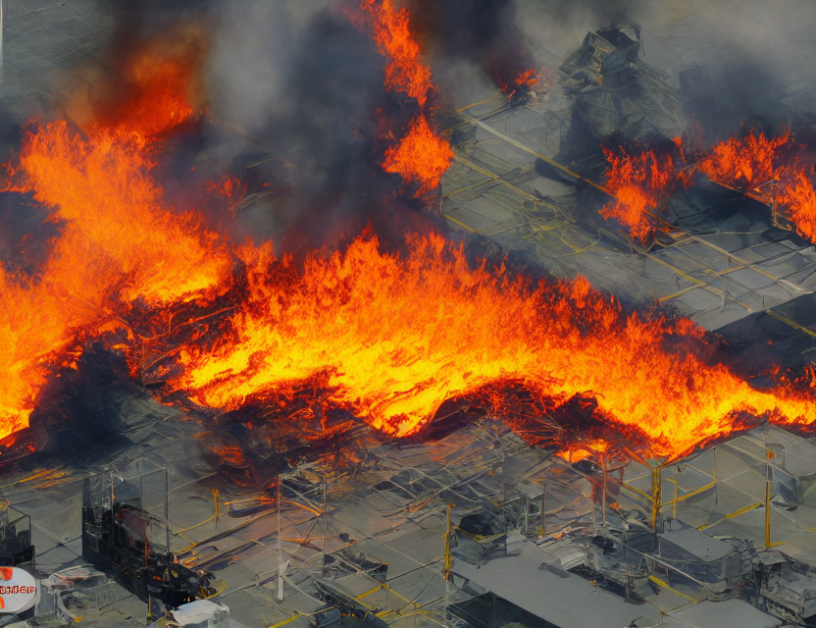In this article, we delve into the complex world of flame fronts and temperature gradients in burning mixtures. By leveraging a threshold technique, we can define a binary image where zero values represent cold denser reactants, and ones signify hot burned gases. This binary image allows us to measure the flame front and determine the mean progress variable C, which ranges between 0 and 1.
The article begins by introducing the context of burnt to unburnt mixture, where a threshold technique is applied to define a binary image. The binary images provide valuable information about the temperature gradient, as hot burned gases are associated with higher temperatures. By analyzing these binary images, we can determine the flame front and measure the turbulent area, as well as the mean flame position.
To better understand these concepts, let’s consider an analogy. Imagine a campfire, where the burnt region represents the hot burned gases, while the unburnt region is characterized by cold denser reactants. By analyzing the binary image of this campfire, we can determine the flame front and measure the temperature gradient between the burnt and unburnt regions.
The article then delves into the mathematical formulation of the problem, using equations to represent the threshold technique and the definition of C. These equations reveal how the mean progress variable C is calculated, taking into account the dependencies from Karlovitz and Lewis. By plugging these values into the equation, we can obtain a relationship between C and the turbulent area, as well as the mean flame position.
To further elucidate these concepts, let’s use an analogy to help visualize the calculations. Imagine a racecar driver navigating through a winding track, where each bend represents a different temperature gradient. By analyzing the binary image of this racecar journey, we can determine the flame front and measure the turbulent area, as well as the mean progress variable C, which represents the driver’s speed.
In conclusion, this article provides a detailed analysis of flame fronts and temperature gradients in burning mixtures, using a threshold technique to define a binary image and calculate valuable parameters such as the mean progress variable C. By leveraging everyday language and engaging metaphors, we hope to demystify these complex concepts and provide a comprehensive understanding of the underlying principles.
Thermochemical Analysis of Turbulent Flames: Evaluating Instability and Flame Propagation



